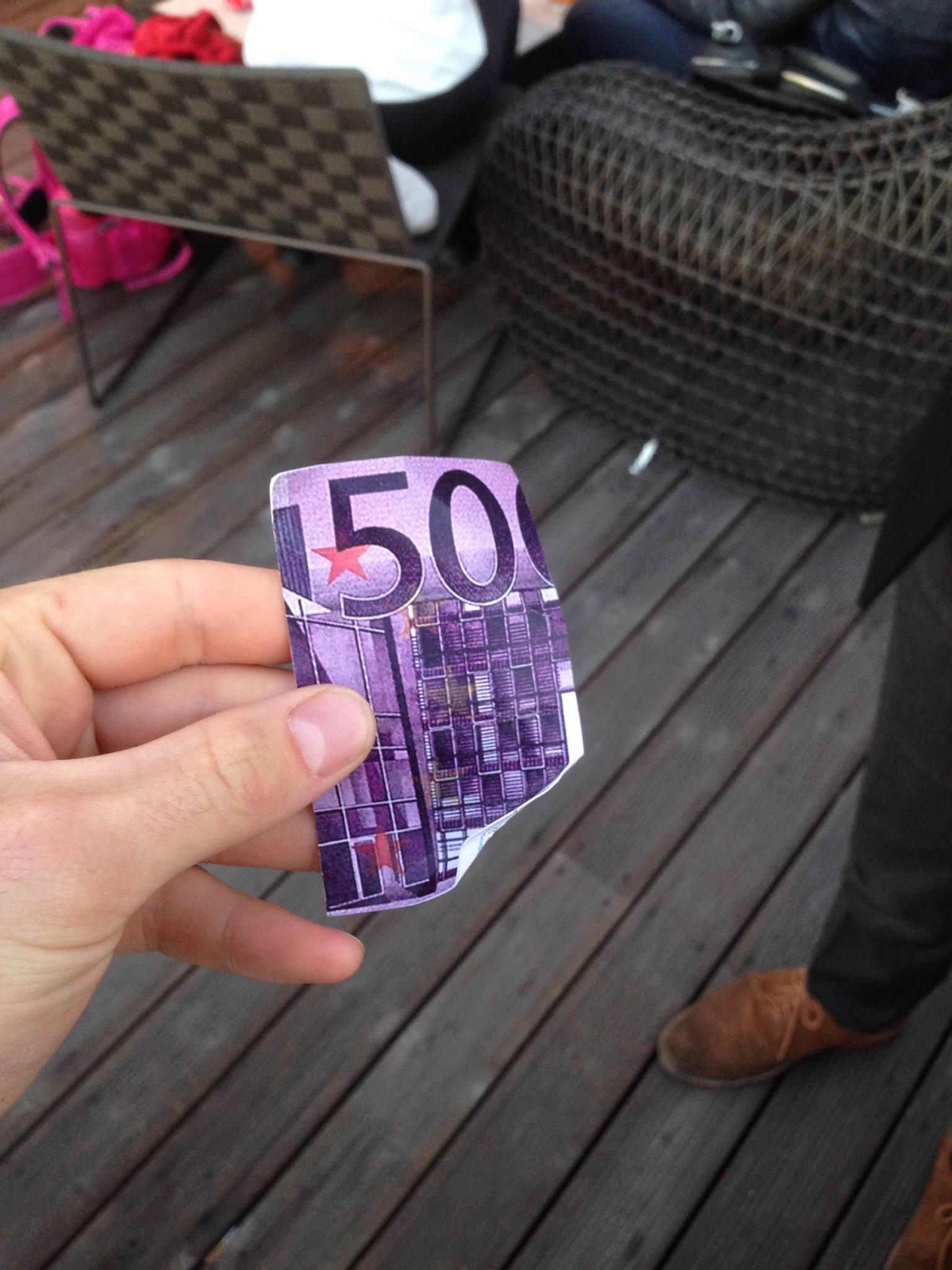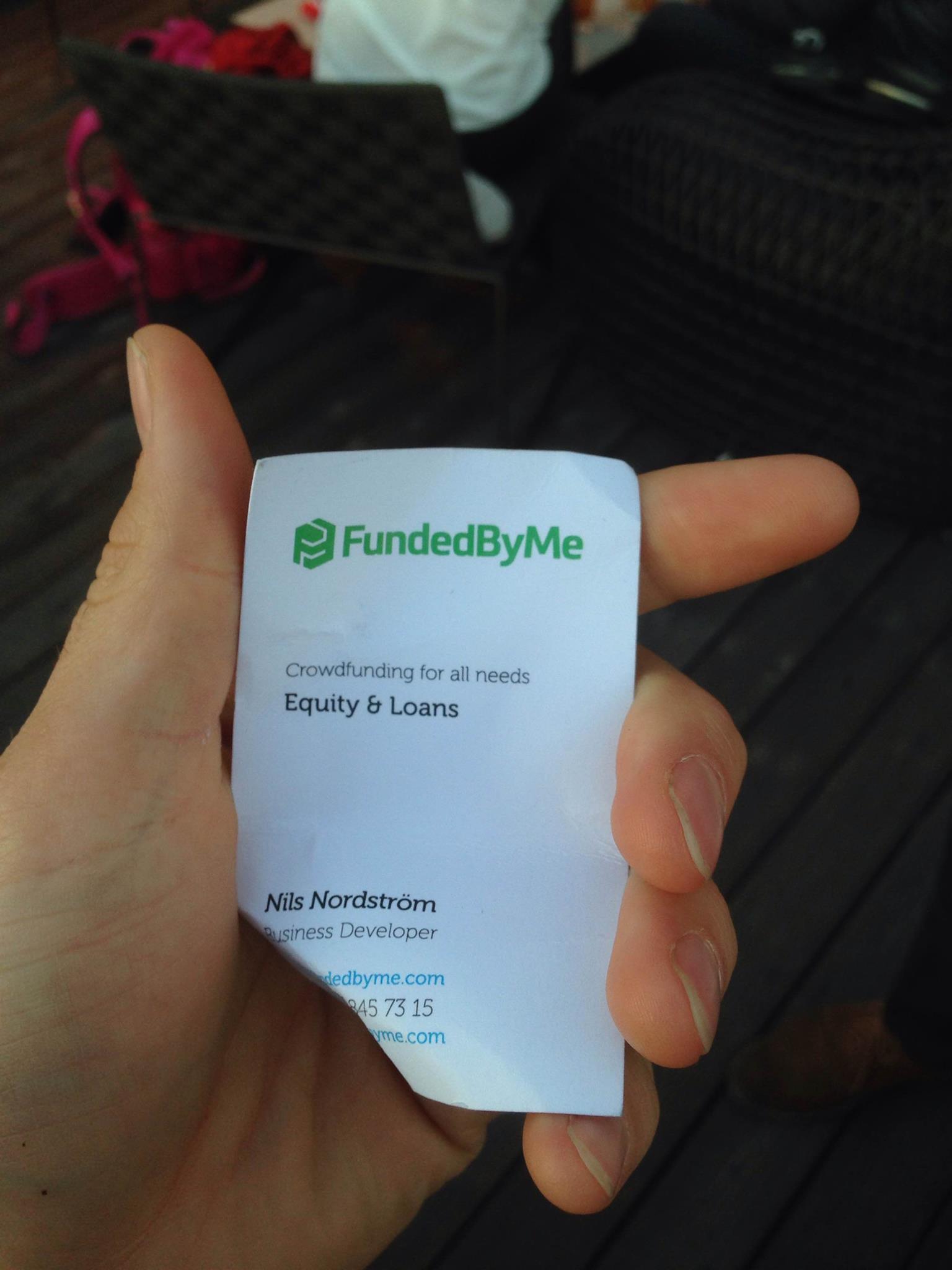I don’t exactly remember what I expected to learn at the beginning of this course, but what I do remember is that I was initially very enthusiastic. It was great how we were forced into a different mindset right away, by the assignment of having to sell coffee on the street. I was very ambitious and was trying to think of as effective as possible ways to get people to buy our coffee. That however went wrong when I didn’t undertake action early. We didn’t sell at the firework event because we were indecisive and postponed our group meeting on how we were going to sell the coffee. Our loss. In the end I think we made the second most money, after another team which actually performed awesome because they were thinking out of the box. That’s the way to go.
Pitching your ideas:
The pitching for me was very interesting as well. I knew how to do it, I had done it before. I had even started writing on my pitch the same day we got the assignment. Where I went wrong however was the fact that I only started practising the pitch I had in my mind (an idea in which I still believe but for which I hadn’t had the motivation to figure out what I really wanted to do with it) the evening before the actual pitch was supposed to be held. I’ve been there before, I know that it requires more practice to tell a convincing story and I know that you sometimes are lucky when the mood is right and the pitch goes well anyway, even without the proper preparation. This was however not one of those days; I forgot my story and didn’t manage to bring up my arguments for why this idea should become a success. My loss, this pitching is still a work in progress.
Doing a business sim:
The business simulation for me was not that interesting. It is intriguing to see how a business flows and grows within a bigger market context, but I feel that the application of what we saw that happened in this simulation is not applicable to the level of start-up I am currently in.
Talking about your ideas:
The going to events was by far the most inspiring thing that I have done in this course. This has showed me how talking to other entrepreneurs will get you great feedback, motivation and connections that can be very helpful later on in the process of your work. On multiple occasions I ended up unexpectedly having connections that caused and helped me in taking next steps for my business ideas (see my previous posts, links provided at the bottom of this one). Some sort of natural workflow and progress arises when you keep meeting up with other (actually) interested partners, a flow that would be difficult to sustain on your own.
Developing a business plan and a startup:
Of course, it is motivating and educative to see what others are doing, but the most important thing that I’ve learned is how going out and talking to people gets you the best possible feedback and insight on your pitching skills and idea in the most direct and instantaneous way possible. I’m aware though that the strength here is in quantity, for as people are still people: they are emotional beings and the opinion they display on your storytelling and idea are as subjective as can be. Therefor, the only way to get valuable feedback is to get as much as possible. Soon enough you’ll start seeing the patterns. There is however more to it. Also very important is to keep focussing on the people you are developing for. They’ll be very happy to see the progress in your project and to give feedback in order to make sure that the product you are developing fits their needs best. Be aware however not to merely listen to their demands but keep your brain involved or you might miss out on the best possible out-of-the-box solutions.
On the progress of my idea:
I started of this course with an idea of producing 3D printed lampshades. It felt like a hobby project with potential for growing and I was interested in looking further into that. I was already aware of that this could be a very lean start-up, as I have all the required tools at my disposal in my home universities working space and in the worst case scenario I would have to buy a €300,- 3d-printer myself and start from there. Because of that I have not been looking for that much information on Venture Capital and other investment options yet. That might however be very useful soon and will hopefully also be covered in the courses I am taking next period. By talking to more experienced entrepreneurs I got a better idea on in what directions I could take this product and make it more scalable, by for example building a platform that would allow people to order their own designs. We ultimately decided to even look further into this idea for our Final Venture Project, which has provided me with valuable information on the scale at which customers might be interested in these products. Both through these entrepreneurial feedback sessions and the user research done for the Final Venture Project I now know what my different options are and have a better grasp on where I could take the idea. However, I do not like the idea of working on this product for the next few years; I believe the market is not big and interesting enough for that. Instead, based on the great advice of one of my team members, it might be a very good idea to just stick with the designs that I have now, develop those a little bit further and sell the products online as if they were a side project; it’s easy for me to produce them and earn some extra money with it, without having to put in my entire body and soul.
To sum up my lessons learned:
What this course has taught me is the basics of what Entrepreneurship entails and the main topics concerned with it. I have a better notion on how to go through developing a project, getting funding for it and bringing it to the market. I see the value of going to start-up events and meeting and talking to experts on the subject, as it empowers you to take steps in your personal and professional development and I am still doing that right now (and will keep doing that in the future, also when I’m back home in the Netherlands.) I learned by both doing and watching on many occasions what good elements are for using in pitching an idea and I have learned the immense value of talking about your plans with others, because they might have valuable experience or a different point of view. An especially valuable insight on this aspect is the value of practicing storytelling and pitching realtime to others. Also, I am more aware now on how to get proper feedback from both professionals as potential users and plan to use this a lot in the future. I tested and looked into my personal Venture Idea and ultimately figured that there is a potential, albeit not that big and that I’m not actually that interested in fully developing this. Instead my plan is to keep this project going as a side project and instead focus more intently on the development of several software ideas that I have been very eager to start working on.
My posts throughout this course:
And likely more will follow ;)!
Procrastinate no more
KTH innovation: a potential road to success
Spontaneous nights out are the best ones.
To start-up your week
A Sequel and a Shout-Out:
Liked it? Why not to share then?




 When I started this course I had no clue what to expect. To be completely honest, I basically ended up taking this course because I had a clash in courses which meant I had to find another one. A friend of mine then recommended this course and mentioned that it was a little bit different from other KTH courses. However, as the first class started I got to see why it was a good choice as well as I quickly realized how much more there is to know about entrepreneurship and everything around it.
When I started this course I had no clue what to expect. To be completely honest, I basically ended up taking this course because I had a clash in courses which meant I had to find another one. A friend of mine then recommended this course and mentioned that it was a little bit different from other KTH courses. However, as the first class started I got to see why it was a good choice as well as I quickly realized how much more there is to know about entrepreneurship and everything around it.